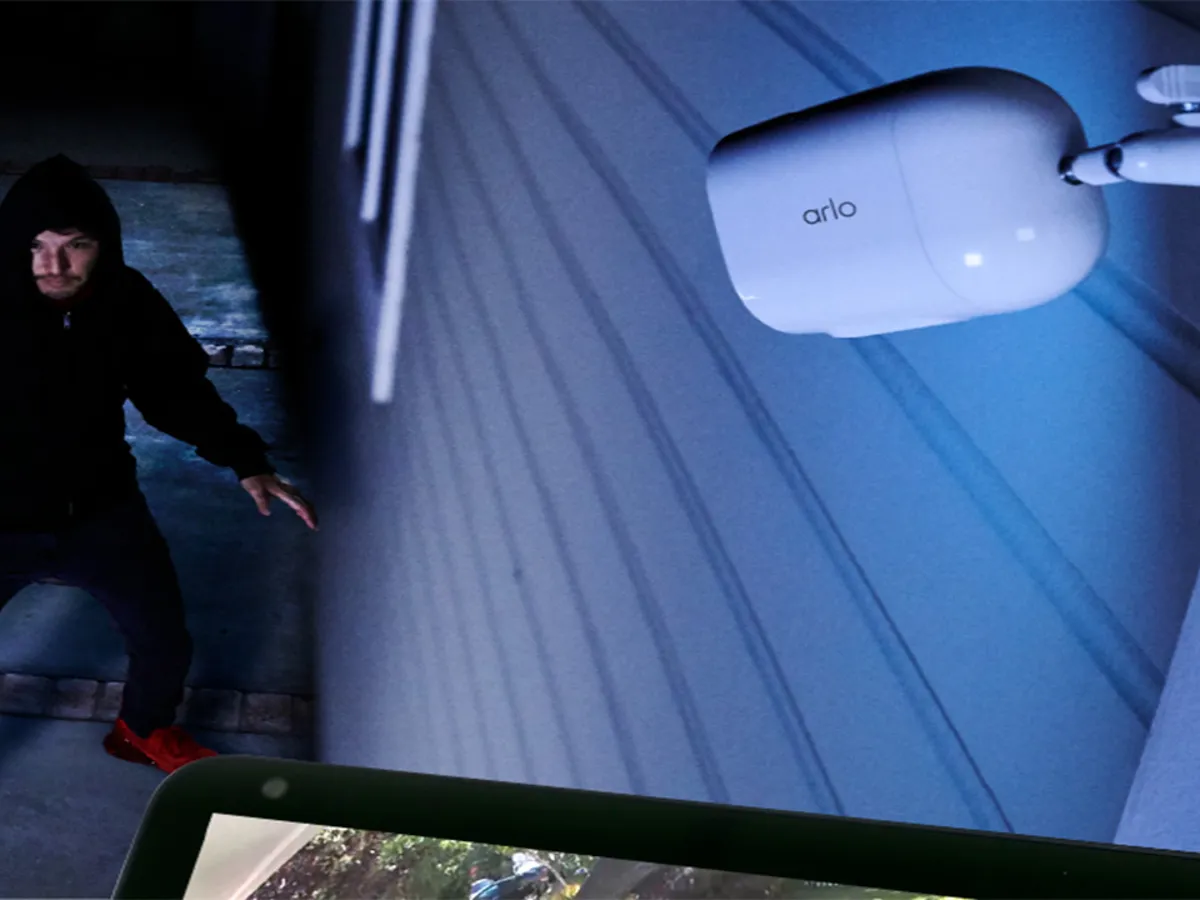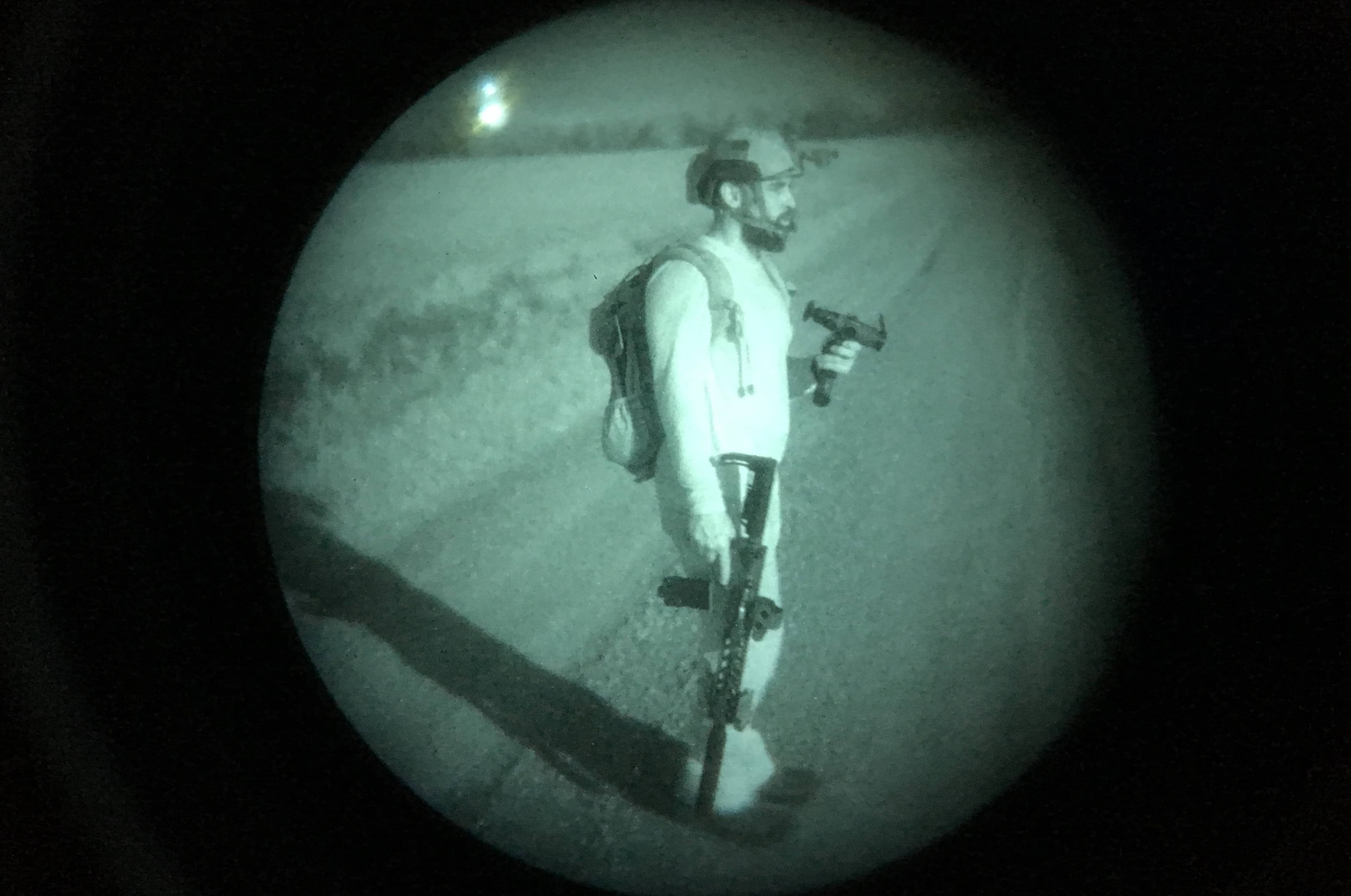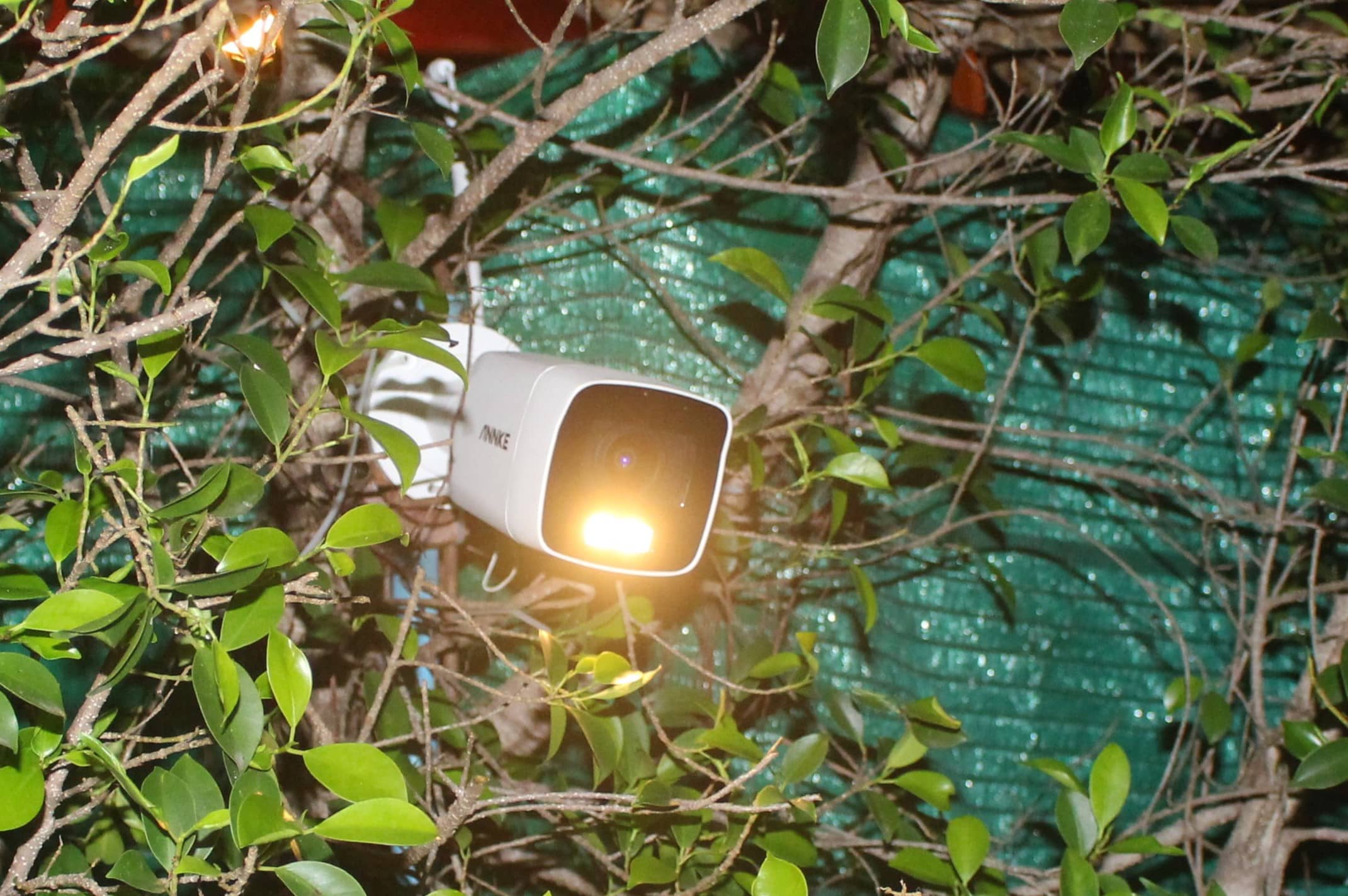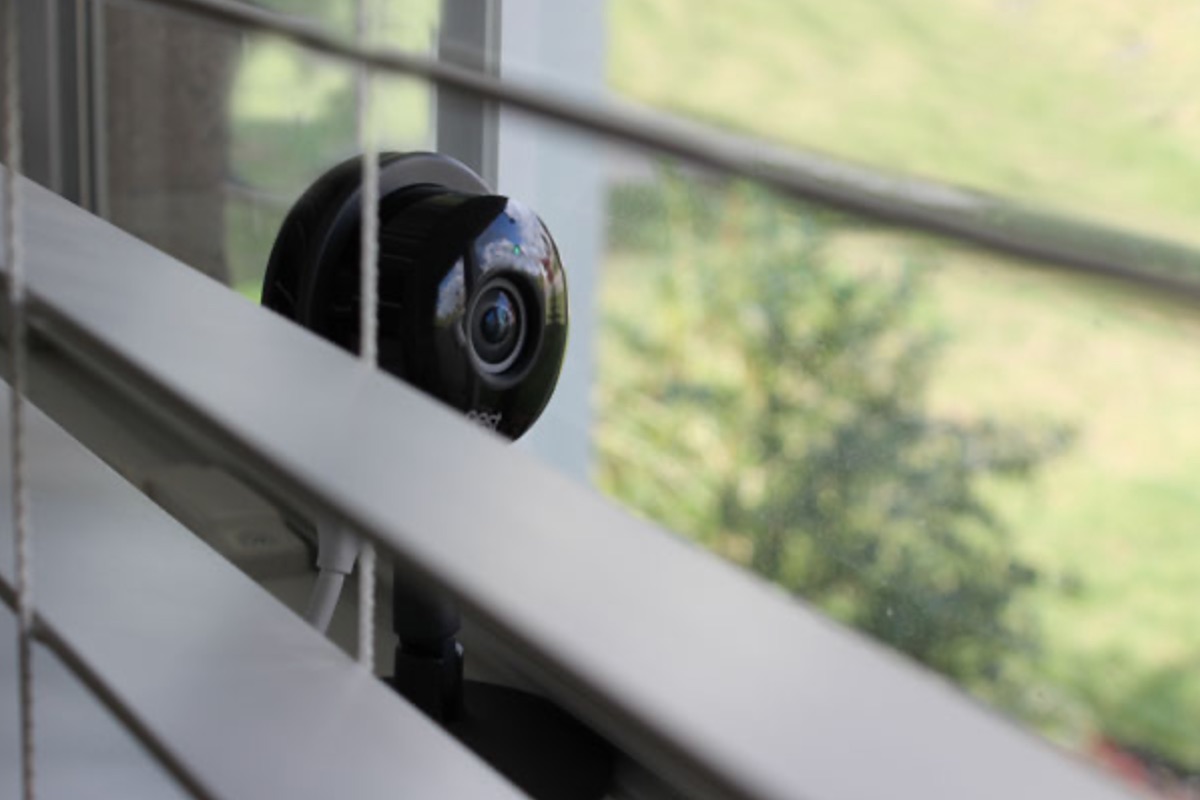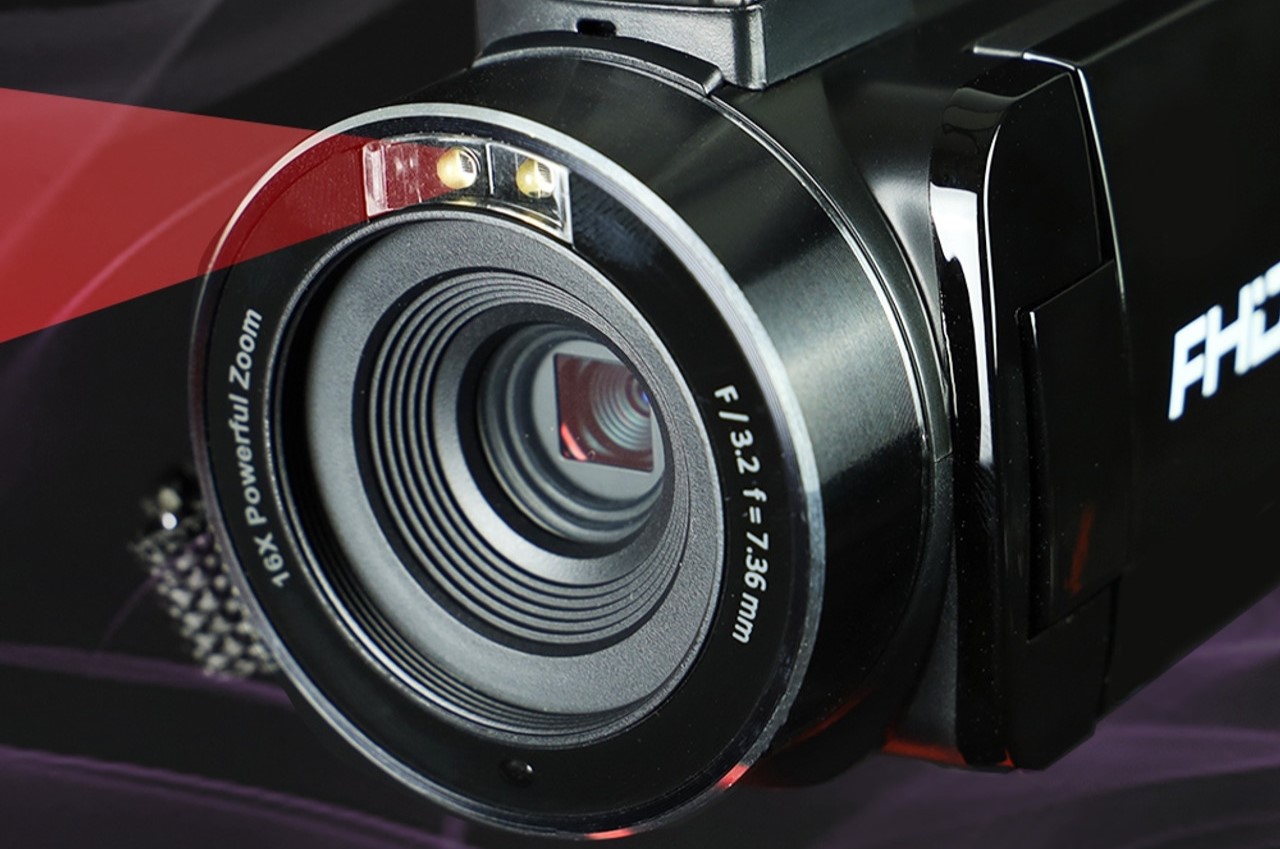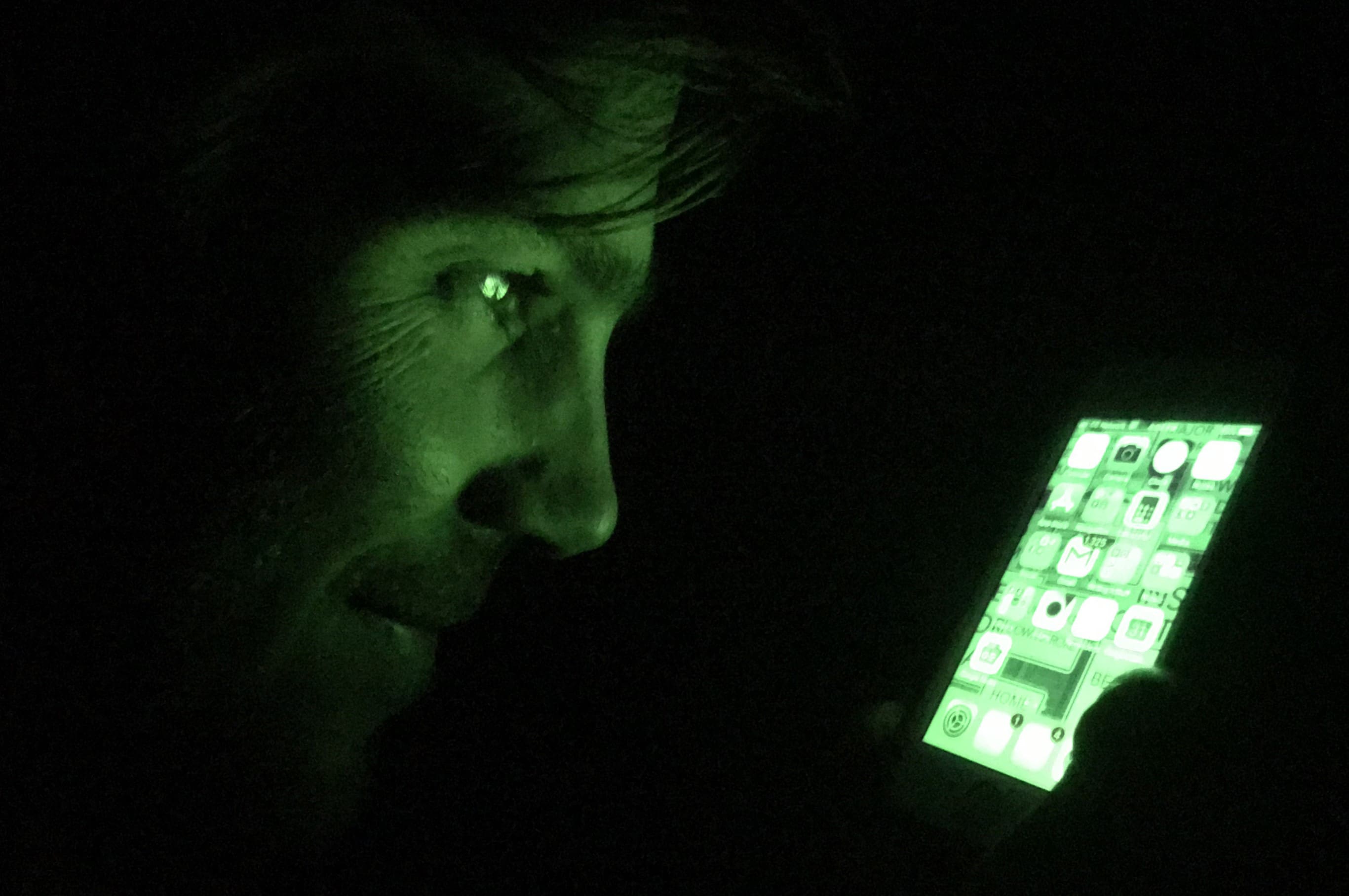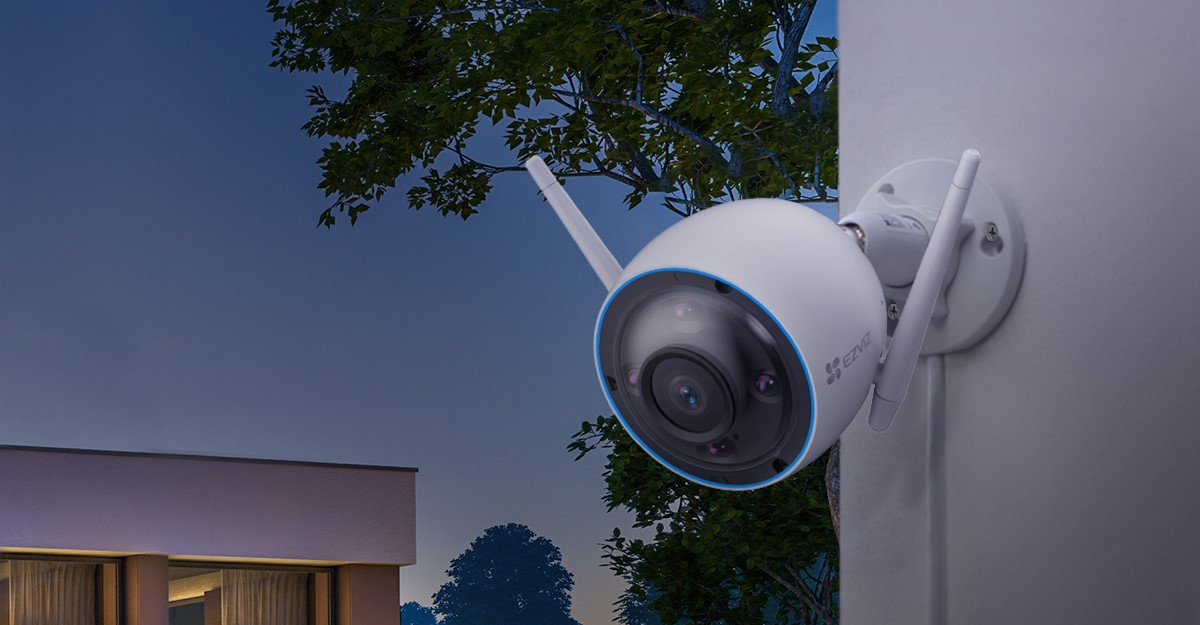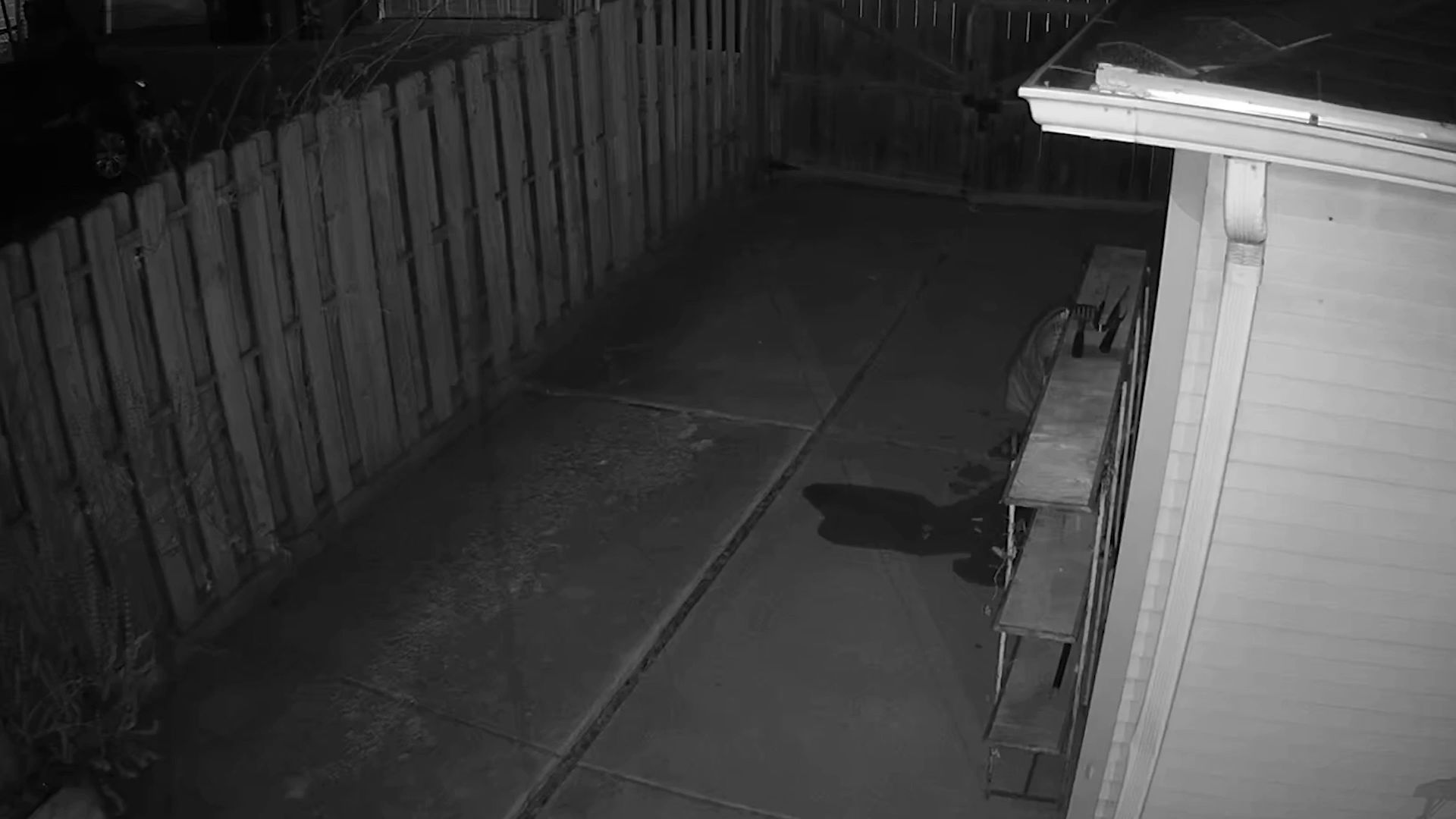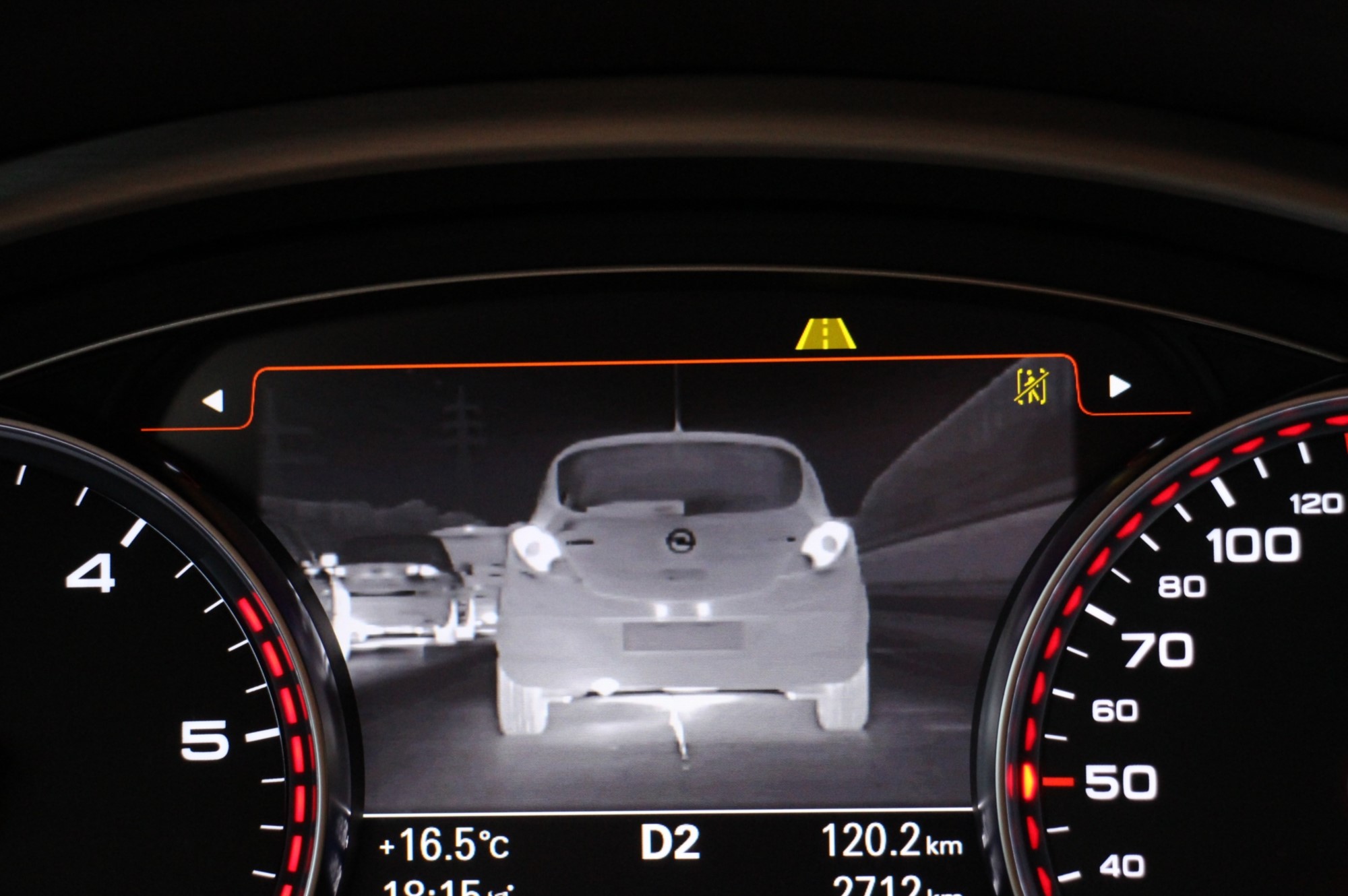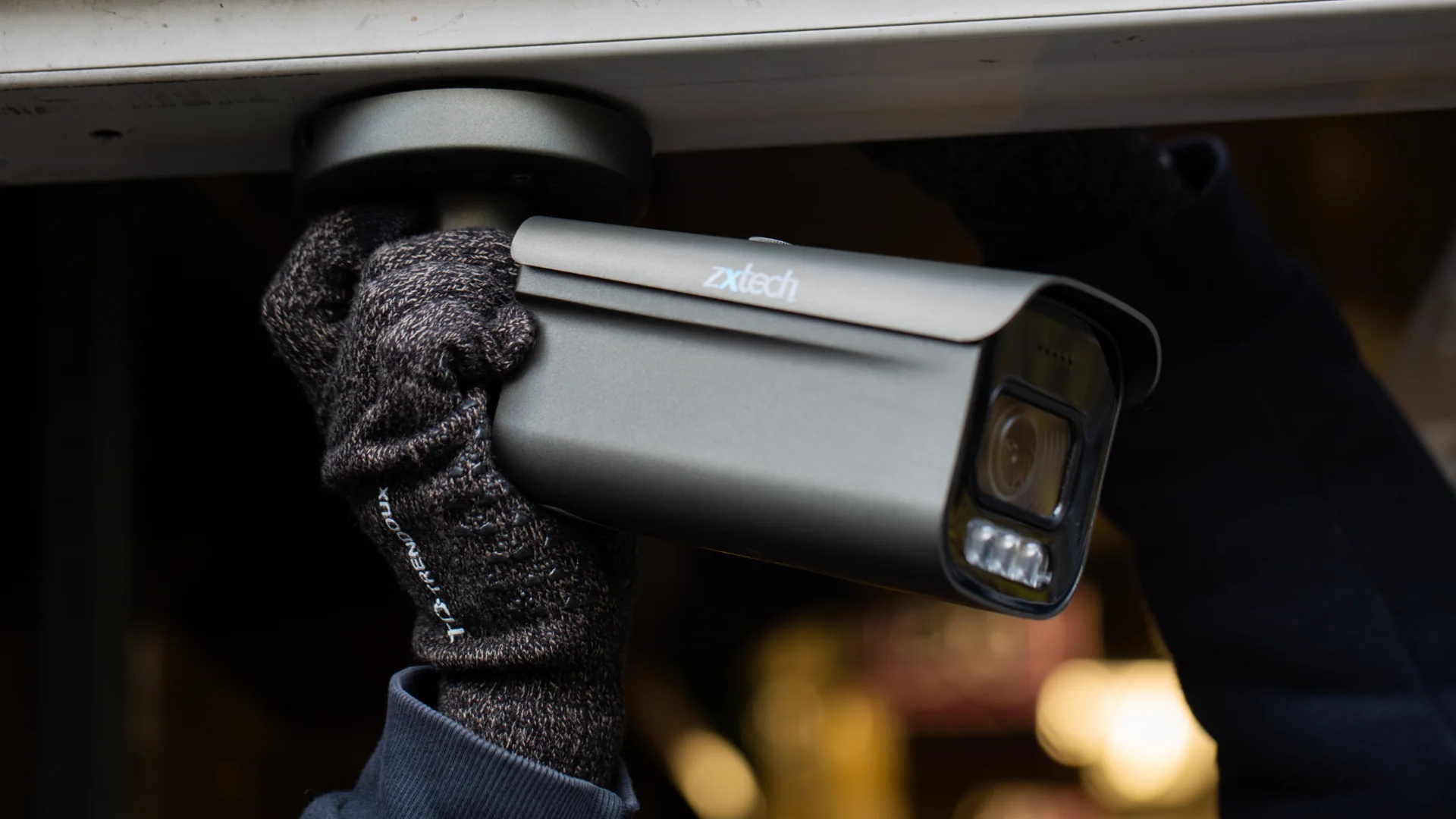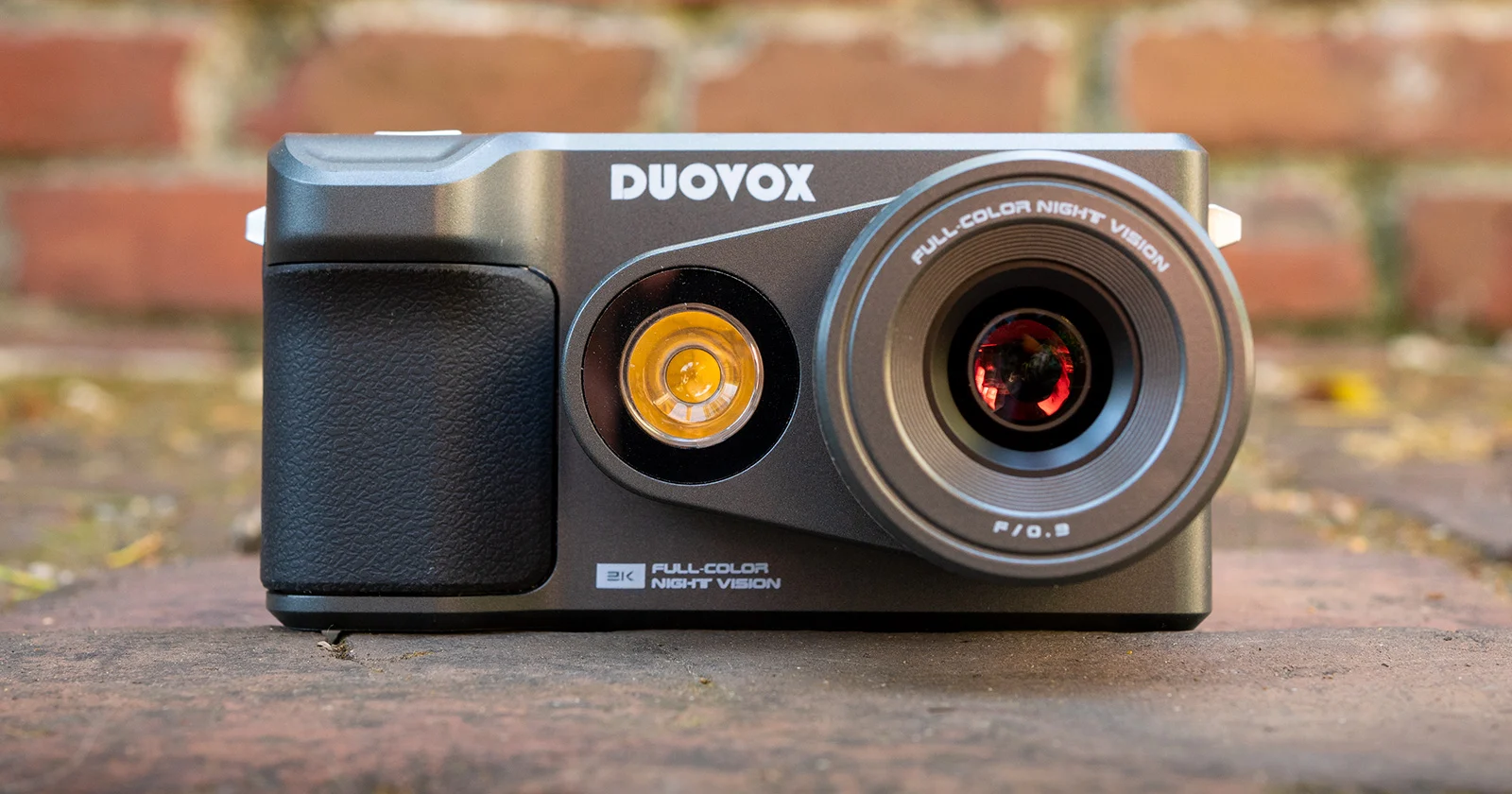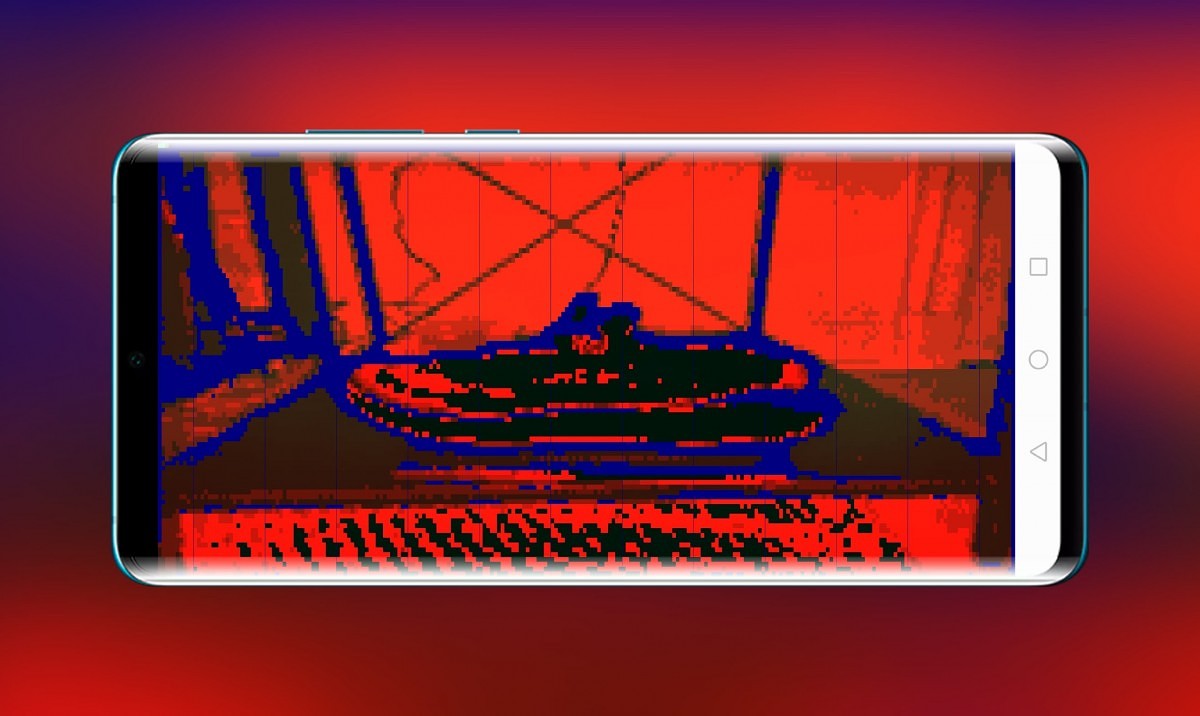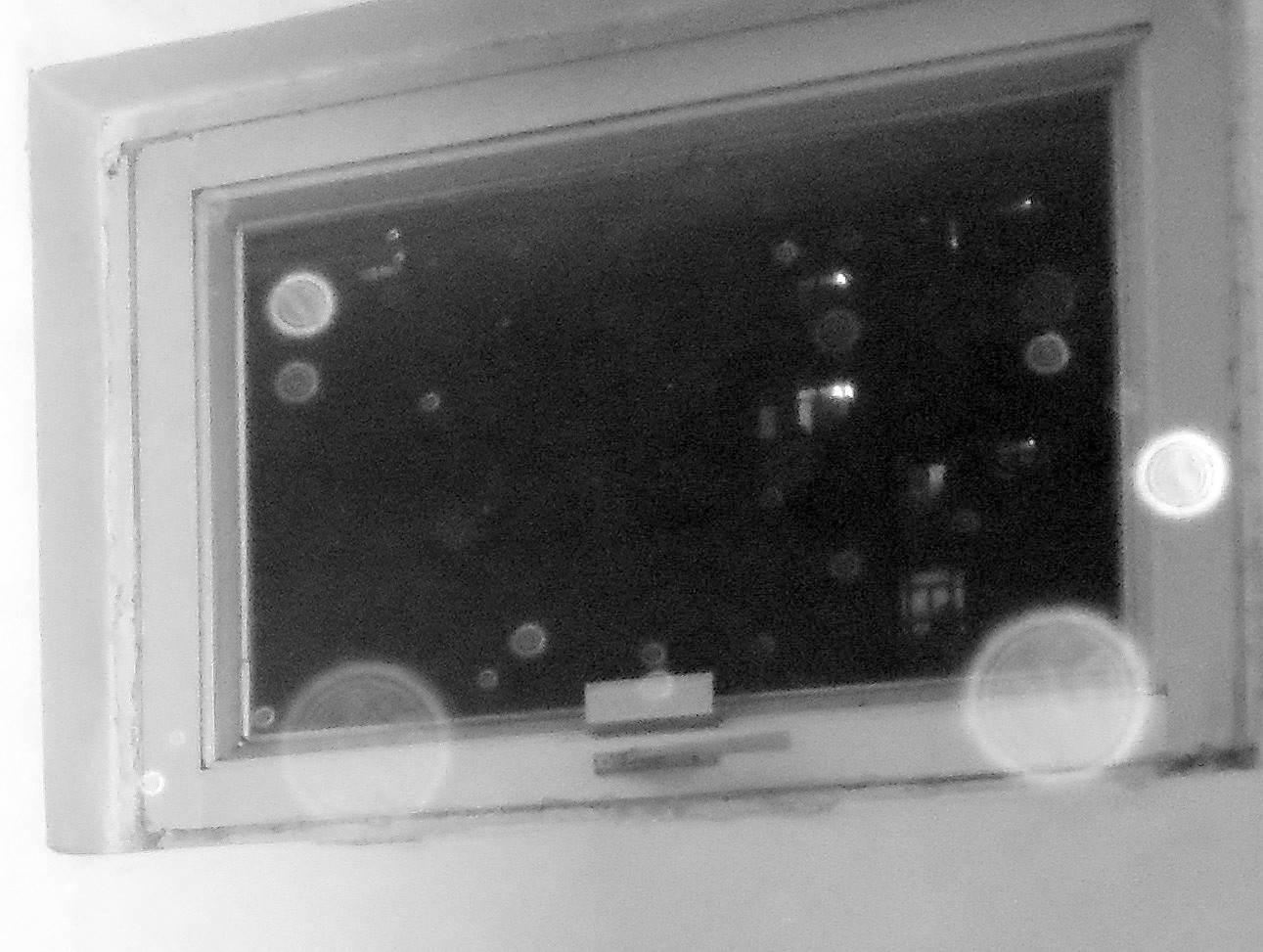Home>Home Security and Surveillance>How To Attract Animals To Your Night Vision Camera
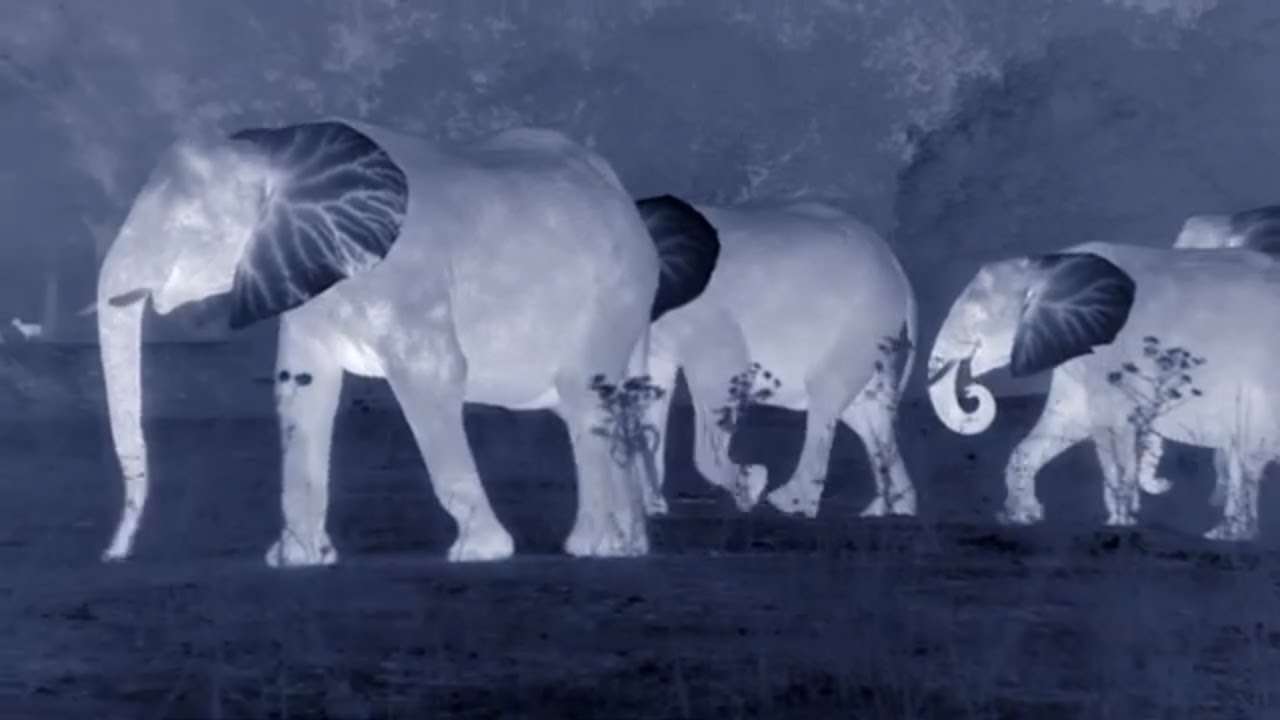

Home Security and Surveillance
How To Attract Animals To Your Night Vision Camera
Modified: March 6, 2024
Learn how to attract animals to your night vision camera for home security and surveillance. Maximize your camera's effectiveness with these tips and tricks.
(Many of the links in this article redirect to a specific reviewed product. Your purchase of these products through affiliate links helps to generate commission for Storables.com, at no extra cost. Learn more)
Introduction
Welcome to the world of home security and surveillance. In today’s fast-paced and technologically advanced society, it is crucial for homeowners to protect their properties and loved ones from potential threats. One effective way to enhance your home security system is by incorporating night vision cameras into your surveillance setup.
Night vision cameras are designed to provide clear and sharp images even in low-light or complete darkness. They enable you to monitor your property and detect any suspicious activities, giving you peace of mind whether you are at home or away.
However, simply having a night vision camera is not enough. If you are looking to attract specific animals to your camera’s field of view, you need to take a few additional steps to increase your chances of capturing their presence on video.
In this article, we will explore various strategies that will help you attract animals to your night vision camera. From choosing the right location to utilizing lures and scents, we will provide you with valuable insights and expert tips to optimize your chances of capturing compelling wildlife footage.
So, whether you are a nature enthusiast eager to observe the local wildlife or a homeowner interested in monitoring the activities around your property, let’s dive into the world of attracting animals to your night vision camera.
Key Takeaways:
- Attracting animals to your night vision camera involves choosing the right location, understanding animal behavior, and using attractive lures and scents. Patience and persistence are key to capturing captivating wildlife moments.
- Selecting the right night vision camera, adjusting camera settings, and monitoring animal activity are essential for successful wildlife surveillance. Respect wildlife, follow regulations, and enjoy the process of observing nature’s wonders.
Choosing the Right Location for Your Night Vision Camera
When it comes to capturing wildlife activity on your night vision camera, location is key. You want to choose a spot that aligns with the natural habitat and movement patterns of the animals you are targeting. Here are some factors to consider when selecting the optimal location:
- Research your local wildlife: Before you decide on the location, research the types of animals that are native to your area. Understanding their habits and preferred habitats will help you identify the most suitable areas for camera placement.
- Identify animal pathways: Look for signs of animal activity such as tracks, droppings, or flattened vegetation. These indicate commonly used pathways or feeding areas, making them ideal spots to position your camera.
- Consider water sources: Animals often frequent water sources for drinking, bathing, or hunting. Placing your camera near rivers, ponds, or watering holes increases the chances of capturing wildlife in action.
- Observe natural feeding grounds: Animals have specific feeding habits and preferences. Identify areas with abundant food sources such as fruit-bearing trees, grassy fields, or bird feeders. These locations are likely to attract a variety of animals, providing ample opportunities for your night vision camera.
- Focus on transition zones: Animals often travel through transitional areas such as edges of forests, near hills, or along the borders of different habitat types. These areas offer a greater chance of capturing unique wildlife encounters as animals move between different ecosystems.
When selecting the location for your night vision camera, remember to respect the wildlife and their habitats. Avoid disrupting their natural behavior or causing any harm by setting up your cameras at a safe distance.
By carefully choosing the right location, you will significantly increase your chances of capturing captivating footage of the animals you are targeting. So take your time to scout for the perfect spot, considering the factors mentioned above, and get ready to witness the beauty of nature through your night vision camera lens.
Understanding Animal Behavior
When it comes to attracting animals to your night vision camera, having a basic understanding of their behavior is essential. This knowledge will help you predict their movements and adjust your camera setup accordingly. Here are some key aspects of animal behavior to consider:
- Daily activity patterns: Animals often have specific times of the day when they are most active. Some species are nocturnal and are more likely to appear on camera during the night, while others are crepuscular, meaning they are active during dawn and dusk. Understanding their daily patterns will help you plan your camera recordings accordingly.
- Mating seasons: Many animals have specific seasons when they are more active due to mating rituals. During these times, they may be more likely to gather in certain areas or engage in distinct behaviors. Research the mating seasons of the animals you are hoping to capture on your night vision camera to increase your chances of witnessing interesting courtship displays.
- Food preferences: Animals are motivated by the need to find food, and understanding their dietary preferences can help you attract them to your camera’s vicinity. For example, if you are aiming to capture footage of birds, consider installing feeders or placing fruit near your camera to entice them to come closer.
- Territorial markings: Animals use scents and markings to establish territory boundaries and communicate with other individuals. Look for signs of territorial marking, such as scratch marks on trees or scent trails, and position your camera in these areas to increase the chances of capturing territorial behavior.
- Social interactions: Some animals are highly social and often gather in groups. If you are interested in capturing interactions between individuals or observing group dynamics, research the social behavior of the animals in your area. This knowledge will help you identify the best locations and strategies for capturing these moments on your night vision camera.
By gaining insight into animal behavior, you can strategically position your night vision camera to capture their natural activities. Be patient, as it may take time for the animals to become accustomed to the presence of the camera. With some research and observation, you’ll be able to align your camera setup to the behaviors and habits of the animals you are aiming to attract.
Keep in mind that wildlife is unpredictable, and even with a solid understanding of their behavior, there are no guarantees. However, by being knowledgeable about animal behavior, you can increase your chances of capturing fascinating moments on your night vision camera.
Selecting the Right Night Vision Camera
Choosing the right night vision camera is crucial to ensure optimal performance and maximize your chances of attracting animals. Here are some key factors to consider when selecting a night vision camera:
- Image quality: Look for a night vision camera that offers high-resolution images and videos. This will enable you to capture clear and detailed footage of the animals you are targeting. Consider the camera’s sensor quality and resolution specifications to ensure sharp and vibrant imagery.
- Range: Evaluate the camera’s night vision range, which refers to the distance at which the camera can capture clear images in low light or darkness. The greater the range, the better your chances of capturing animals from a distance without compromising image quality.
- Infrared capabilities: Opt for a night vision camera that utilizes infrared technology. Infrared light is invisible to humans and most animals, allowing you to observe and record their activities without disturbing their natural behavior. Ensure that the camera has infrared LEDs or illuminators to provide adequate night vision capabilities.
- Field of view: Consider the camera’s field of view (FOV), which determines the width of the area captured in a single frame. A wider FOV allows you to monitor a larger area, increasing the likelihood of capturing animal movement. However, keep in mind that a wider FOV may result in reduced image detail.
- Power source: Determine whether your preferred night vision camera operates on batteries or requires a constant power source. Battery-powered cameras offer greater flexibility in terms of placement, but they may require more frequent battery changes. Cameras with a constant power source, such as being plugged into an outlet, can provide uninterrupted surveillance.
- Weather resistance: Ensure that the night vision camera is designed to withstand outdoor conditions. Look for cameras with weather-resistant or waterproof ratings, so they can withstand rain, snow, dust, and extreme temperatures. This durability is essential for long-term outdoor use and protection of your investment.
- Connectivity and storage: Consider how the camera connects to your home security system or monitoring setup. Some cameras offer Wi-Fi connectivity, allowing you to remotely access live video feeds or receive alerts. Additionally, assess the camera’s storage capacity and options, such as onboard memory or cloud storage, to ensure you can store an ample amount of footage.
- Budget: Lastly, determine your budget based on the features and quality you desire. Night vision cameras come in various price ranges, so it’s important to find a balance between your requirements and affordability.
By carefully evaluating these factors, you can select a night vision camera that suits your needs and increases your chances of attracting animals. Remember to read reviews and compare different models to make an informed decision. Investing in a high-quality night vision camera will reward you with stunning wildlife footage and enhanced home security.
Setting Up Your Night Vision Camera
Once you have selected the right night vision camera, it’s time to set it up correctly to maximize its effectiveness in attracting animals. Follow these steps to ensure a proper camera setup:
- Mounting location: Choose a sturdy and stable mounting location for your camera. Ensure that it is positioned at the desired height and angle, providing a clear view of the area you want to monitor. Consider using mounting brackets or straps to secure the camera in place.
- Camera orientation: Adjust the camera’s angle to capture the desired field of view. Direct the camera towards the target area, such as a known animal pathway or feeding spot. Make sure it is not obstructed by any objects or vegetation that could interfere with the camera’s line of sight.
- Camera settings: Familiarize yourself with the camera’s settings and adjust them according to your preferences. Set the resolution, frame rate, and image or video quality to ensure optimal recording. Experiment with different settings to find the right balance between image clarity and storage capacity.
- Calibrate motion detection: If your camera has motion detection capabilities, calibrate the sensitivity level to prevent false triggers. Adjust the sensitivity settings so that the camera is triggered only by significant movements, such as animal activity, and not by minor environmental changes or swaying vegetation.
- Night vision mode: Enable the night vision mode on your camera to activate the infrared LEDs or illuminators. This will provide the necessary illumination for clear recording in low-light or dark conditions.
- Testing and positioning: Test the camera by recording a sample video or capturing images to ensure that it is properly functioning. Review the footage to verify the camera’s coverage and adjust the positioning if necessary. This step will help you fine-tune the camera’s placement based on the actual field of view captured.
- Power source: Connect the camera to its power source, whether it’s batteries, an external power adapter, or a power over Ethernet (PoE) cable. Ensure that the power source is reliable and will provide uninterrupted operation for the desired duration.
- Secure the camera: Take measures to secure the camera against theft or tampering. Use lockboxes, security mounts, or other deterrents to protect your investment. Additionally, consider camouflage options to make the camera less conspicuous to avoid detection by animals or potential intruders.
Remember to regularly check and maintain your night vision camera to ensure optimal performance. Clean the lens, replace batteries if needed, and update the firmware if updates are available. Regular maintenance will help prolong the life of the camera and maximize its effectiveness in attracting animals to your surveillance setup.
By following these steps, you will be well on your way to setting up your night vision camera for successful animal attraction. Now, it’s time to move onto the next step and utilize attractive lures and scents to further entice the wildlife towards your camera.
To attract animals to your night vision camera, use bait such as food or scent attractants that are appealing to the specific animals you want to capture on camera. Make sure to place the bait within the camera’s field of view for the best results.
Read more: How To Fix A Night Vision Camera
Using Attractive Lures and Scents
To increase your chances of attracting animals to your night vision camera, you can utilize attractive lures and scents that appeal to their senses. Here are some effective strategies to consider:
- Food bait: One of the most effective ways to attract animals is by using food as bait. Research the dietary preferences of the animals you are targeting and set up food stations near your camera. For example, if you are hoping to capture footage of raccoons, consider placing a dish of their favorite food, such as cat kibble or fruits, within the camera’s view.
- Feeding stations: Create designated feeding stations specifically for attracting animals to your camera. Use bird feeders, suet holders, or hanging baskets filled with seeds to entice a variety of bird species. You can also set up feeding stations for squirrels or deer with the appropriate food offerings. Ensure that the feeding stations are strategically positioned within the camera’s field of view.
- Natural scents: Animals have a keen sense of smell, and certain scents can attract them to a specific area. Research the natural scents that appeal to the animals you are targeting, such as predator urine or the scent of potential food sources. Consider using scent bombs, sachets, or sprays to distribute the scent in the target area and lure the animals towards your camera.
- Decoys: Using decoys can be an effective way to attract animals to your night vision camera. Place realistic decoys, such as owl figures or predator replicas, near the camera to create the illusion of a potential threat or a desired companion. This can pique the curiosity of animals and draw them into the camera’s view.
- Audio calls: Some night vision cameras come equipped with audio capabilities. Take advantage of this by playing recorded animal calls or mating sounds in the area near your camera. The unfamiliar sounds can attract the attention of animals and increase the likelihood of them appearing on camera.
It’s important to note that when using bait or attractants, you should comply with local regulations and ensure that the substances used are safe for the target animals and the environment. Avoid using any materials that may harm or disrupt the natural behavior of the animals.
Keep in mind that different animals may require different baiting methods, so it’s essential to research the specific species you are hoping to attract. Experiment with different lures and scents to see which ones yield the best results with your night vision camera.
By utilizing attractive lures and scents, you can significantly enhance the chances of capturing captivating wildlife footage on your night vision camera. Remember to be patient, as it may take time for the animals to discover and respond to the attractants. Enjoy the process of observing nature’s wonders unfold through your camera lens!
Adjusting Camera Settings for Optimal Animal Attraction
Once your night vision camera is set up and ready to capture wildlife activity, it’s important to adjust the camera settings for optimal animal attraction. Fine-tuning these settings will increase your chances of capturing clear and engaging footage. Here are some key settings to consider:
- Resolution and frame rate: Set your camera to the highest resolution and frame rate available. This will ensure that you capture detailed and smooth footage of the animals’ movements. Keep in mind that higher resolution and frame rates may require more storage space, so consider the capacity of your storage medium.
- Sensitivity: Adjust the sensitivity of your camera’s motion detection feature to adequately capture animal activity without excessive false triggers. Start with a medium sensitivity level and make adjustments as necessary based on the size and movements of the target animals. This will help ensure that your camera captures relevant footage while minimizing unnecessary recordings.
- Time-lapse intervals: If your camera supports time-lapse photography, consider setting the intervals to capture images or videos at regular intervals. This can be particularly useful if you are targeting animals with slow or sporadic movements. Experiment with different time-lapse intervals to find the one that works best for attracting the desired animals.
- Exposure settings: Adjusting the exposure settings can help ensure that the camera captures well-exposed images in varying lighting conditions. Set the exposure mode to automatic or manual, depending on your camera’s capabilities, and make slight adjustments to optimize the exposure based on the specific lighting conditions of your camera’s location.
- Audio recording: If your night vision camera has audio recording capabilities, consider enabling this feature to capture the sounds of wildlife activity. The addition of audio can enhance the overall experience and provide valuable context to the captured footage. However, be aware of any local regulations regarding audio recording and obtain any necessary permissions.
- Interval recording: Some cameras allow you to set the interval between recordings. Depending on the animal behavior you wish to capture, adjust the interval to accommodate the frequency of animal activity in your target area. For example, if you want to capture fast-moving animals, set a shorter interval to increase the chances of capturing their swift movements.
- Review and adjust: Regularly review the captured footage to assess the quality and effectiveness of your camera settings. Make adjustments as needed based on the results you observe. This iterative process will help you fine-tune the settings for optimal animal attraction.
Keep in mind that the optimal camera settings may vary depending on factors such as the target animal species, environmental conditions, and specific camera model. Take the time to experiment with different settings and observe the results to find the setup that works best for attracting and capturing the wildlife in your area.
By adjusting your night vision camera settings appropriately, you increase the chances of capturing clear and captivating footage of the animals you are targeting. Enjoy the excitement of reviewing the recordings and immerse yourself in the world of wildlife that unfolds through your camera lens!
Monitoring and Analyzing Animal Activity
Once you have set up your night vision camera and attracted animals to its vicinity, the next step is to monitor and analyze their activity. This process allows you to gain valuable insights and make the most out of your wildlife surveillance. Here are some key steps to effectively monitor and analyze the animal activity captured by your camera:
- Regularly review footage: Set aside dedicated time to review the recorded footage from your night vision camera. Take note of any interesting animal encounters, unique behaviors, or species that you were specifically targeting. Keep a log or journal to document your observations and make note of any patterns or trends you may notice.
- Identify species: Familiarize yourself with the different animal species in your area. Use field guides, online resources, or consult with local wildlife experts to help you identify the species captured on your camera. Knowing the specific species you are witnessing can provide valuable information about their behavior, habitats, and interactions.
- Track activity patterns: Study the activity patterns of the animals you are monitoring. Pay attention to the times of day or night when they are most active, as well as any predictable behaviors or routines they exhibit. Understanding these patterns will help you plan future recordings to increase your chances of capturing specific wildlife moments.
- Document behavior and interactions: Record any interesting or noteworthy behaviors or interactions among the animals. This could include territorial disputes, mating displays, feeding habits, or social behaviors. Take detailed notes or timestamp specific moments in the recorded footage to later analyze and learn more about the animals’ behavior patterns.
- Share and collaborate: Engage with online communities or local wildlife organizations to share your findings and seek input from fellow enthusiasts or experts. Collaborating with others who share your passion can expand your knowledge and help you gain new perspectives on the animal activity recorded by your night vision camera.
- Use data analysis tools: Take advantage of data analysis tools or software that can help you organize and analyze the captured footage. Some programs can assist in automatically identifying and categorizing species or key behaviors within the recordings. These tools can streamline the process of analyzing large amounts of data and provide valuable insights.
- Make adjustments: Based on your observations and analysis of the captured footage, make any necessary adjustments to your camera setup or attractant strategies. For example, if you notice that certain animals are consistently active at a particular time, adjust your recording schedule accordingly to increase your chances of capturing their behavior.
Monitoring and analyzing animal activity captured by your night vision camera can be a rewarding and educational experience. It allows you to deepen your understanding of the local wildlife, contribute to ongoing research efforts, and enhance your overall enjoyment of wildlife surveillance. By actively engaging in this process, you’ll unlock a wealth of information about the animals that inhabit your surroundings.
Remember to always respect and appreciate the animals you are monitoring. Minimize any disturbance to their natural behavior and habitats while ensuring that your surveillance efforts adhere to ethical guidelines and local regulations.
Troubleshooting and Tips
While setting up and using a night vision camera for wildlife surveillance can be an exciting endeavor, it may come with its share of challenges. Here are some troubleshooting tips and general recommendations to help you overcome potential issues and maximize the effectiveness of your camera:
- Check camera placement: If you’re not capturing the desired animal activity, double-check the camera’s placement. Ensure it is positioned in an area frequented by wildlife and adjust the angle or height if needed. Animals may be avoiding certain areas due to noise, interference, or other factors, so experiment with different locations to find the sweet spot.
- Ensure proper focus: Blurry or out-of-focus footage can hinder your ability to analyze animal behavior. Regularly check and adjust the focus of your camera to maintain sharp and clear images. Follow the manufacturer’s instructions for focusing or consult online resources for specific guidance related to your camera model.
- Address false triggers: If your camera is frequently triggered by false alarms, such as moving vegetation or ambient lighting changes, adjust the motion detection settings. Fine-tune the sensitivity level, reduce the detection area, or use masking tapes to block off unnecessary areas from triggering the camera’s motion sensors.
- Consider privacy concerns: Be mindful of privacy concerns when setting up your night vision camera. Aim the camera in a direction that does not intrude on neighbors’ property or violate any privacy regulations. Communicate with your neighbors and obtain their consent if the camera’s field of view extends into their premises.
- Weatherproof your camera: Excessive exposure to rain, snow, or intense sunlight can damage your camera. Ensure that your camera is weatherproofed with appropriate enclosures or covers. Regularly inspect and clean the camera housing to prevent dust or moisture buildup that can affect the camera’s performance.
- Use backup power: In case of a power outage or unexpected failure of the primary power source, consider utilizing backup power solutions such as a uninterruptible power supply (UPS) or backup batteries. This will ensure that your night vision camera continues to operate, capturing critical wildlife activity even during unforeseen events.
- Experiment with attractants: If you’re not seeing the desired results with the attractants you’re using, experiment with different types of bait, scents, or decoys. Animals may have varying preferences, so try to mimic their natural food sources or use scents that are specific to their species or behaviors.
- Learn from failures: Don’t be discouraged by unsuccessful attempts or missed opportunities. Use each recording session as a learning experience. Analyze the footage, identify any mistakes or areas for improvement, and adjust your strategies accordingly. Persistence and adaptability are key to successfully capturing animal activity.
- Maintain patience: Wildlife can be unpredictable, and it may take time for the animals to become comfortable with the presence of the camera. Patience is crucial when monitoring wildlife activity. Stay consistent, regularly check the recordings, and be prepared to capture magical moments when they happen.
Remember, the journey of wildlife surveillance with a night vision camera is a continuous learning process. Each obstacle encountered presents an opportunity to refine your techniques and enhance the quality of your recordings. Embrace the challenges and enjoy the rewards of observing and documenting the fascinating world of wildlife.
Read more: How To Blind A Night Vision Camera
Conclusion
Congratulations on embarking on the journey of attracting animals to your night vision camera! By following the tips and strategies outlined in this article, you can create a captivating wildlife surveillance setup that not only enhances your home security but also allows you to witness the wonders of nature up close.
From choosing the right location for your camera to understanding animal behavior, selecting the appropriate night vision camera, and adjusting camera settings, every step plays a vital role in attracting and capturing the wildlife you desire. Adding attractive lures and scents further enhances the appeal, increasing your chances of recording remarkable animal activities.
Remember to approach wildlife surveillance with respect for the animals and their habitats. Practice ethical wildlife observation and ensure that your camera setup and attractant strategies do not disrupt their natural behavior or cause any harm. Adhere to local regulations and obtain any necessary permissions or permits for your surveillance activities.
As you monitor and analyze the animal activity captured by your night vision camera, you will become more knowledgeable about the behavior and habits of the local wildlife. Take notes, document interesting behaviors, and share your findings to contribute to the collective understanding of the wildlife in your area.
Lastly, be patient and persistent. Nature operates on its own schedule, and capturing captivating wildlife moments may require time and perseverance. Embrace the process, learn from each experience, and continue refining your techniques to optimize your wildlife surveillance setup.
Enjoy the thrill of observing the beauty and diversity of wildlife through your night vision camera lens. Remember, the moments you capture not only provide insights into the lives of animals, but also serve as a reminder of the importance of protecting and conserving our natural world.
Frequently Asked Questions about How To Attract Animals To Your Night Vision Camera
Was this page helpful?
At Storables.com, we guarantee accurate and reliable information. Our content, validated by Expert Board Contributors, is crafted following stringent Editorial Policies. We're committed to providing you with well-researched, expert-backed insights for all your informational needs.
